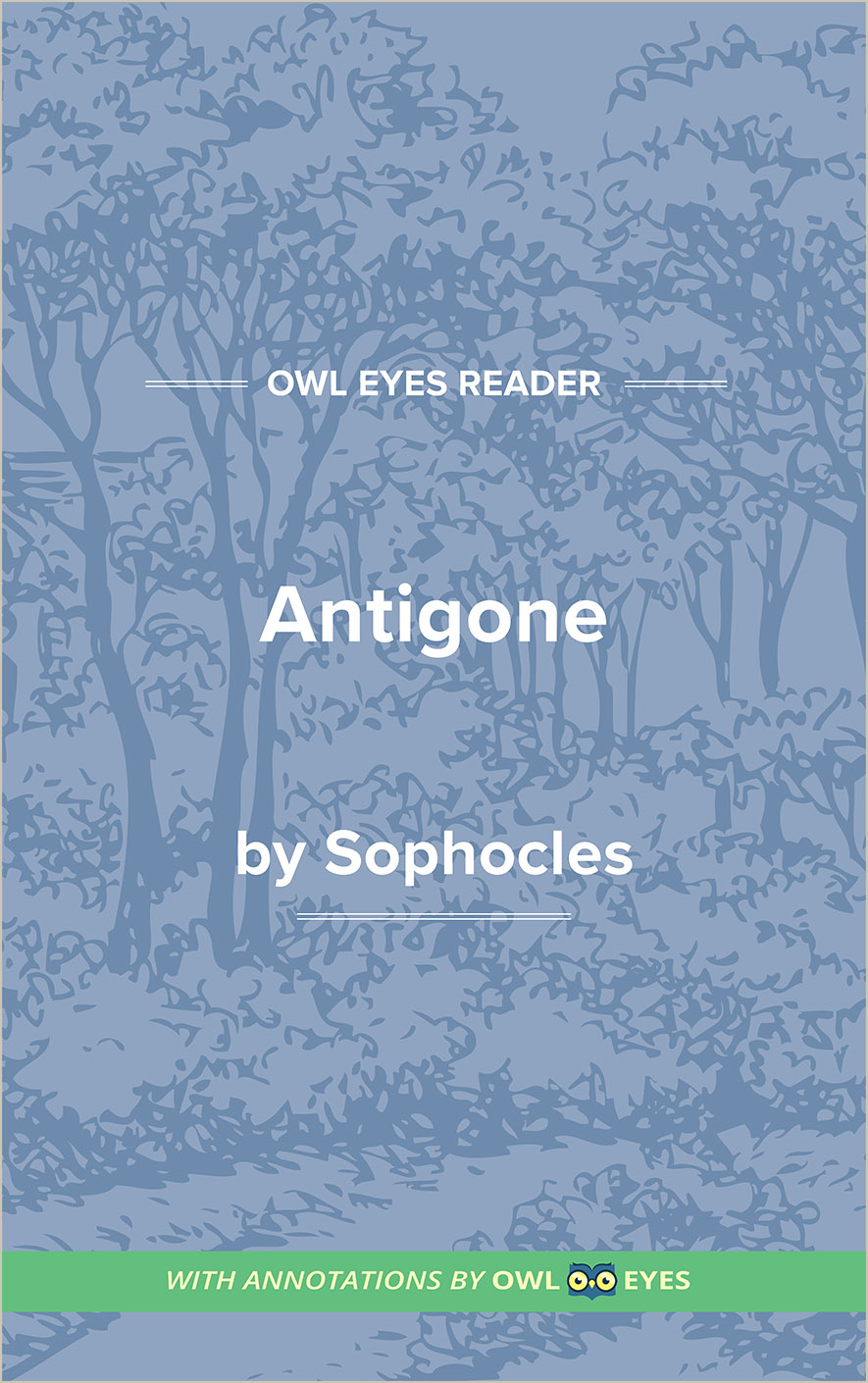Analysis Pages
Literary Devices in Antigone
Tragedy and Comedy: The ancient Greeks believed in the unity of action, which dictated keeping tragedy and comedy separate and distinct from one another. In addition, tragedies should not introduce any extraneous detail or plot that does not serve their central purpose. All events and dialogue in Antigone are deliberately included to expose the hubris of those that reject divine law for the laws of men.
Symbols: Sophocles utilizes symbolism to better emphasize his moral message. In fact, the characters themselves can be seen as symbols, or archetypes. Creon represents the tyrant; Antigone is the rebel. Antigone’s sister Ismene represents the general public who maintain the status quo. Later in the play, Creon orders Antigone to be locked in a stone vault. This vault itself is a symbol for Creon’s desire to control and confine his public with strict, tyrannical laws. Furthermore, Creon has locked away his empathy and his piety, replacing them with the blind pride that will be his downfall. The character of Tiresias is another archetype: the fortune-teller. However, Sophocles employs dramatic irony by making Tiresias physically blind, but able to “see” the future.
Literary Devices Examples in Antigone:
Antigone
🔒"CHORUS (Str. 1)..." See in text (Antigone)

